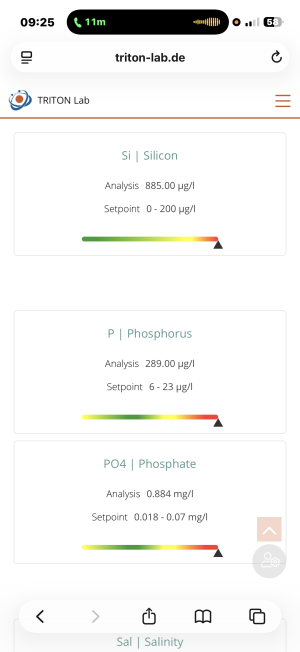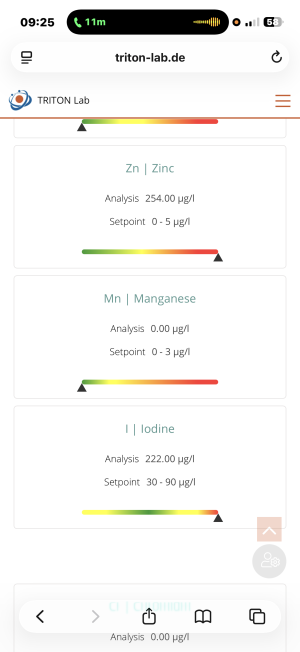wvned
Well-known member
I have lost tanks. Puppy ate the heater cord - copper. Heater failed and burned in the sump. Power out 5 days and I didn't have enough watts of heaters 2000w wasn't enough.
None of those events killed everything. Just most everything.
I would be surprised if the ICP shows much of anything. At most it might tell you if you have unusual elements in the tank at high levels.
Iron, molybdenum and zinc. Oops I dropped a hose clamp in the sump.
I never had the mystery death thing you are having over a few weeks.
The things I had were only hours to major problem detected. All the snail and crabs lying on bottom dead.
None of those events killed everything. Just most everything.
I would be surprised if the ICP shows much of anything. At most it might tell you if you have unusual elements in the tank at high levels.
Iron, molybdenum and zinc. Oops I dropped a hose clamp in the sump.
I never had the mystery death thing you are having over a few weeks.
The things I had were only hours to major problem detected. All the snail and crabs lying on bottom dead.



